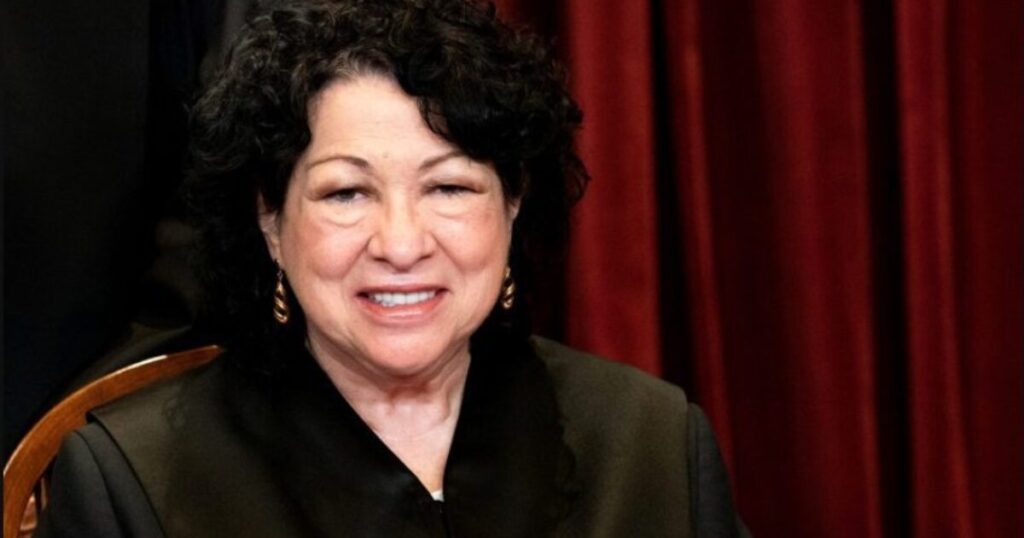In the wake of a significant electoral defeat, the Democratic Party is grappling with the implications for its future, particularly regarding the Supreme Court. With Republicans poised to gain control of the U.S. Senate in just a few months, they will possess the ability to confirm conservative judicial appointees, potentially reshaping the federal judiciary for years. As they confront this looming challenge, some Democrats have begun discussing the controversial idea of urging Supreme Court Justice Sonia Sotomayor to resign. At 70 years old, Sotomayor’s health issues, including diabetes, raise concerns about her capacity to serve, particularly with the knowledge that her seat may become available during a Republican administration.
This prospect has prompted significant debate within Democratic circles, where there is a growing sense of urgency. While much of the public discourse has focused on the implications of the recent electoral results, inside the Senate, leaders are wrestling with a more immediate concern: whether attempting to persuade Sotomayor to step down would be a prudent strategy. Some senators have noted that this discussion has been a recurrent theme in conversations following the elections. However, the operation of navigating this situation is delicate and risky, especially given the current political climate and the pressures of the approaching lame-duck session, where no senator seems willing to overtly advocate for Sotomayor’s resignation.
According to reports, should Sotomayor choose to resign, there is already a potential successor in mind: Judge J. Michelle Childs, a moderate member of the D.C. Circuit who was considered during Biden’s Supreme Court nomination deliberations. Childs has garnered bipartisan support, including commendations from prominent Republican figures. Nonetheless, while discussions around Childs may offer a path forward, concerns remain about the feasibility of orchestrating a smooth transition if Sotomayor resigns. Democrats are cautious of the ramifications if a nominee were not to receive confirmation before the presidency shifts, which could complicate any succession plans they intend to execute.
This tumultuous situation reflects deeper-seated worries within the Democratic Party as it enters a new phase of opposition to Trump’s expected presidency. The ramifications of Trump’s election extend into the judicial branch, having already resulted in significant conservative victories with the confirmation of three Supreme Court justices during his previous term. These justices have acted as a formidable block against Democratic initiatives, exacerbating the sense of urgency among Democrats to solidify their judicial standing while they still hold some degree of power.
Moreover, speculation circulates that key justices on the Supreme Court, such as Clarence Thomas and Samuel Alito, may soon contemplate retirement, further complicating the landscape for Democrats who are desperate to maintain balance within the judicial system. The potential for a strengthened conservative majority is not only a looming threat but also a reality should these justices decide to step down under a Republican administration, intensifying the Democratic Party’s resolve to devise strategies for counteracting this trend.
As Democrats navigate these treacherous waters following an electoral setback, the conversation about justice resignations and potential judicial nominees epitomizes their broader dilemma: balancing immediate political survival with long-term strategic planning. The calculus of pushing for a justice’s resignation is fraught with uncertainty and risk, yet remains a topic of critical importance for a party focused on resisting a conservative agenda that threatens to reshape the courts and, by extension, the future of American social and legal norms. These discussions, though delicate and controversial, highlight the pressing need for the Democratic Party to unite and formulate a coherent response to the challenges they will soon face in a dramatically transformed political landscape.

